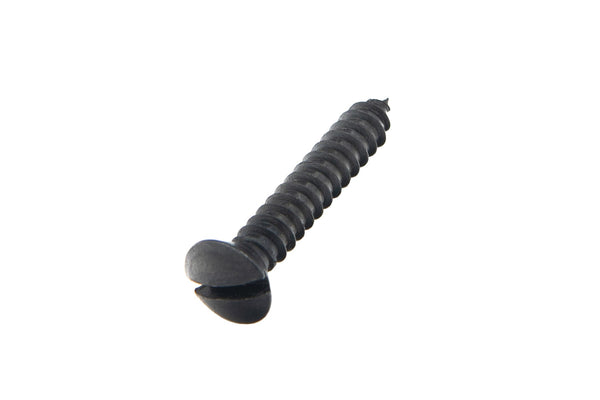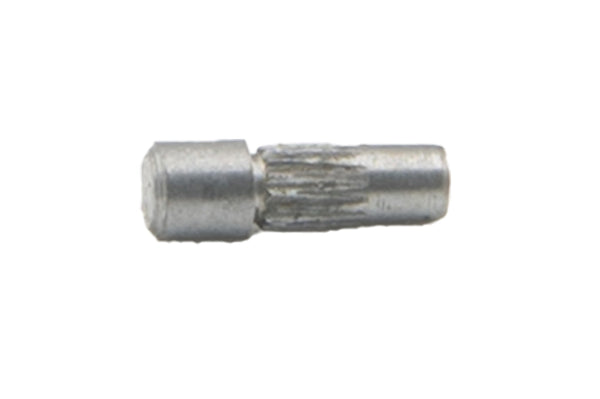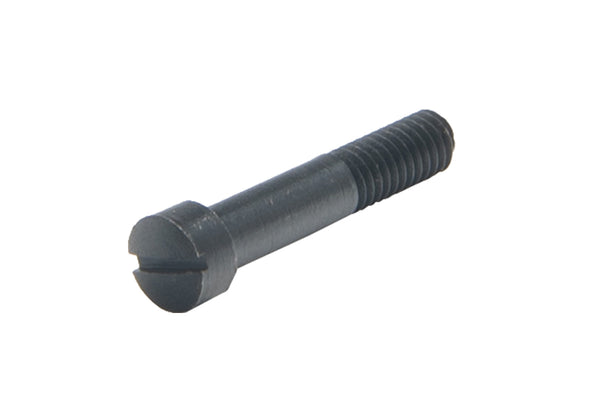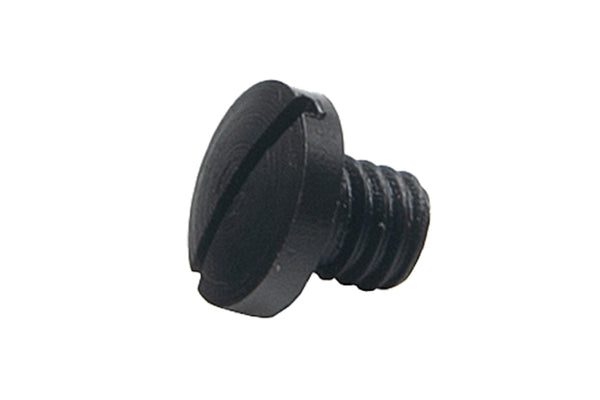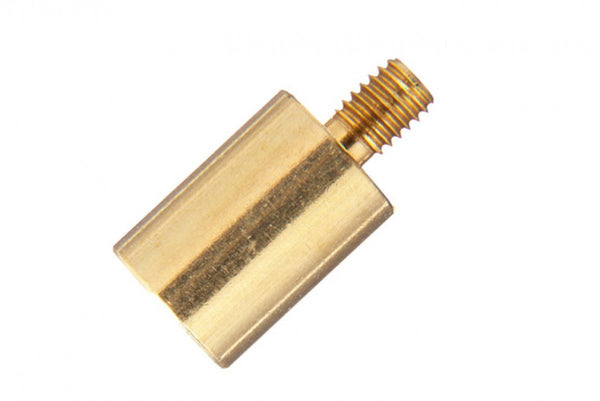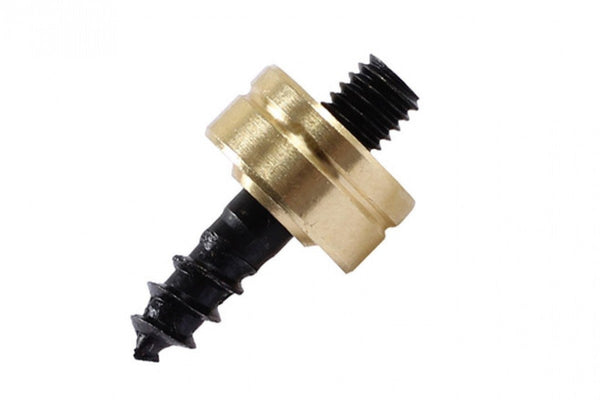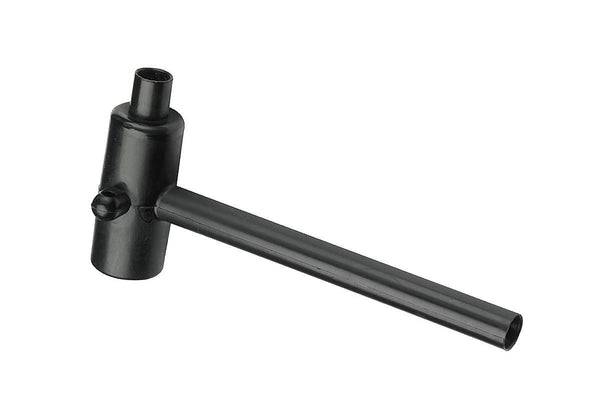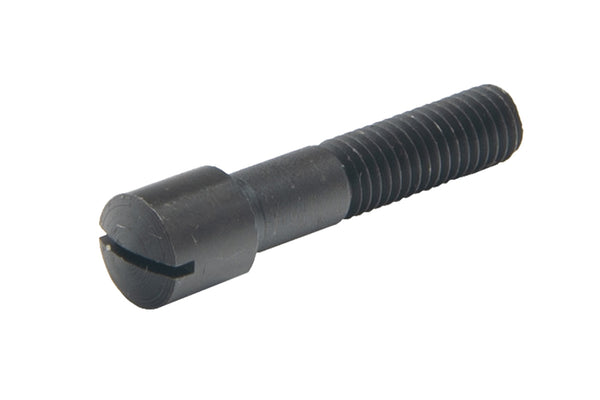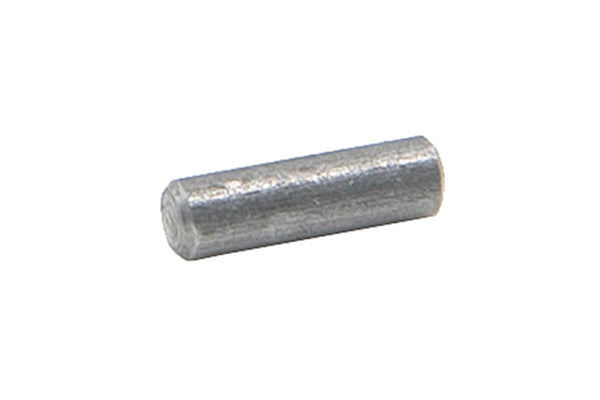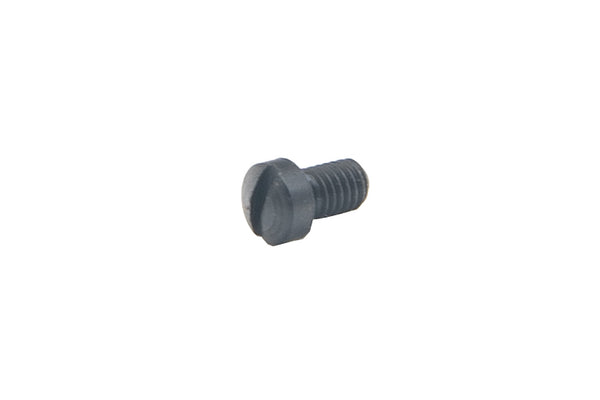Call 1(855) 236-5000

 >
>

Loading a Muzzleloader
Loading a muzzle loader, black powder pistol or black powder rifle is a relatively simple process.
The first step is to gather the necessary components, and these will vary depending on style of gun and projectile type. These could include the gun, powder or pellets, projectile, patch, cap, powder measure, bullet lubricant, ramrod, and (short) bullet starter.
Inspection
First, safely inspect the rifle to make sure it is unloaded. A trick I use to determine if my rifle or pistol is loaded is to place my ramrod into the unloaded barrel and mark the rod at the tip of the barrel. I can then determine, quickly and easily, if my rifle or pistol is loaded by inserting my ramrod and lining up my mark with the tip of the barrel. If the line is above the crown, it is obvious there must be something already in the barrel.
Secondly, check the barrel to make sure that it is clean of debris and residue, this can be done by running a clean patch through the barrel.
Lastly, with the barrel empty fire a single primer or percussion cap, this will remove any moisture build up that may be inside the barrel.
Load the Powder
First, make sure the firing cap or primer has been removed and the safety is on. Muzzle Loaders use either Black Powder or Black Powder substitutes like Pyrodex. Black Powder or Pyrodex in granular form requires measurement by volume, not by weight. This is because not all powders weigh the same, however, they are manufactured to take up the same amount of volume. Set your powder measure to the amount you desire (example: 80-100 grains for a 50 caliber rifle) and carefully fill it up with powder.
This can also be accomplished by using powder pellets from Pyrodex, which are pre-measured into 50 and 30 grain charges. These pellets make it much easier to measure the needed propellant volumes for the novice muzzleloader. Note: Pyrodex pellets must be loaded into the muzzle with the darker end of the pellet first, due to the dark end having a special igniting charge that ensures complete ignition. If you instead use granulated powder, carefully pour the contents of the measure into the barrel of the muzzleloader, being careful to avoid sparks.

Load the Projectile
Now that you have your powder or pellets inside the barrel, it is time to insert your projectile. There are 3 basic types of projectiles or bullets: Conicals, Round Balls and Sabots. Loading of each will be described below:
Conicals (or pointed bullets) come either standard or pre-lubed. If your conicals are not lubed, apply a coating of bullet lubricant to the cylindrical sides of the conical. Lubricant is not needed on the base of the conical nor on the front. Take your lubricated conical and place it squarely over the crown of your barrel.

Round Balls require a lubricated cloth patch. Patches come either pre-lubed or not. If not, saturate your patch with lubricant. Place the patch evenly over the barrels’ crown. Push one round ball into the center of the patch (which should also be the exact center of the barrel) with your thumb.
Sabots (or bullets with a plastic sleeving) This plastic sleeve acts as a carrier for a smaller caliber bullet and allows the bullet to create a perfect gas seal against the sidewalls of the barrel. To use the sabot, push the bullet into the "fingers" of the plastic until the flat base of the bullet is flush against the bottom of the sabot. This will usually push the fingers outward from the bullet, which is normal. Next, carefully start the sabot into the barrels’ crown keeping the bullet facing upwards until the sabots "fingers" are pressed against the bullet, holding it in place.

Initial loading of the projectile is usually done with a bullet starter, but can also be done with the main ramrod. However, the reason that a bullet starter is recommended is to push the projectile into the barrel carefully keeping it aligned with the barrel’s bore (conicals/sabots). Once you have pushed it as far as possible with the bullet starter, switch to your main ramrod. Push the projectile the rest of the way down the barrel with a steady motion. Once you feel the projectile contact the powder, apply more pressure to seat the bullet tightly against the powder. Generally, tight pressure from the projectile against the powder will result in better ignition. Pyrodex recommends a minimum of 40 pounds of pressure for best ignition and accuracy. Now that the bullet is in place, remove the ramrod from the barrel.
Fire your Rifle
Caplock Muzzleloader: Point your muzzleloader in a safe direction or on target, and pull back the hammer to the half-cocked position. Place a cap (percussion or musket cap) snugly on the nipple. That's it! Your muzzle loader is now loaded and ready to fire. Take aim at your target, pull the hammer to the fully cocked position and shoot!
Inline Muzzleloader: Point your muzzle loader in a safe direction or on target, place your firing cap (percussion cap or 209 shotgun primer----the majority of inline muzzleloaders use 209 primers) tightly on nipple, and close the breech action. You are now ready to fire! Pull the hammer to the fully cocked position, take aim, click the safety lock to the off position, and shoot! Note: The rifle’s safety and action will vary based on the style of in-line muzzleloader you shoot. Some in-lines have a double safety system.
Cleaning

Just like when hunting big game, after the excitement of taking an animal comes the reality of the real work! Now it begins…..skinning, cleaning and gutting! The same is true with muzzleloading. With each shot, the blackpowder and projectile and/or sabot leave a residue on the barrel wall. With each additional shot, the projectile will become harder and harder to load, and accuracy will diminish. At this point the firearm must be cleaned. For the greatest accuracy, a muzzleloader should be cleaned between each shot. For some muzzleloaders, depending on powder and type of bullet, cleaning between shots is mandatory.
